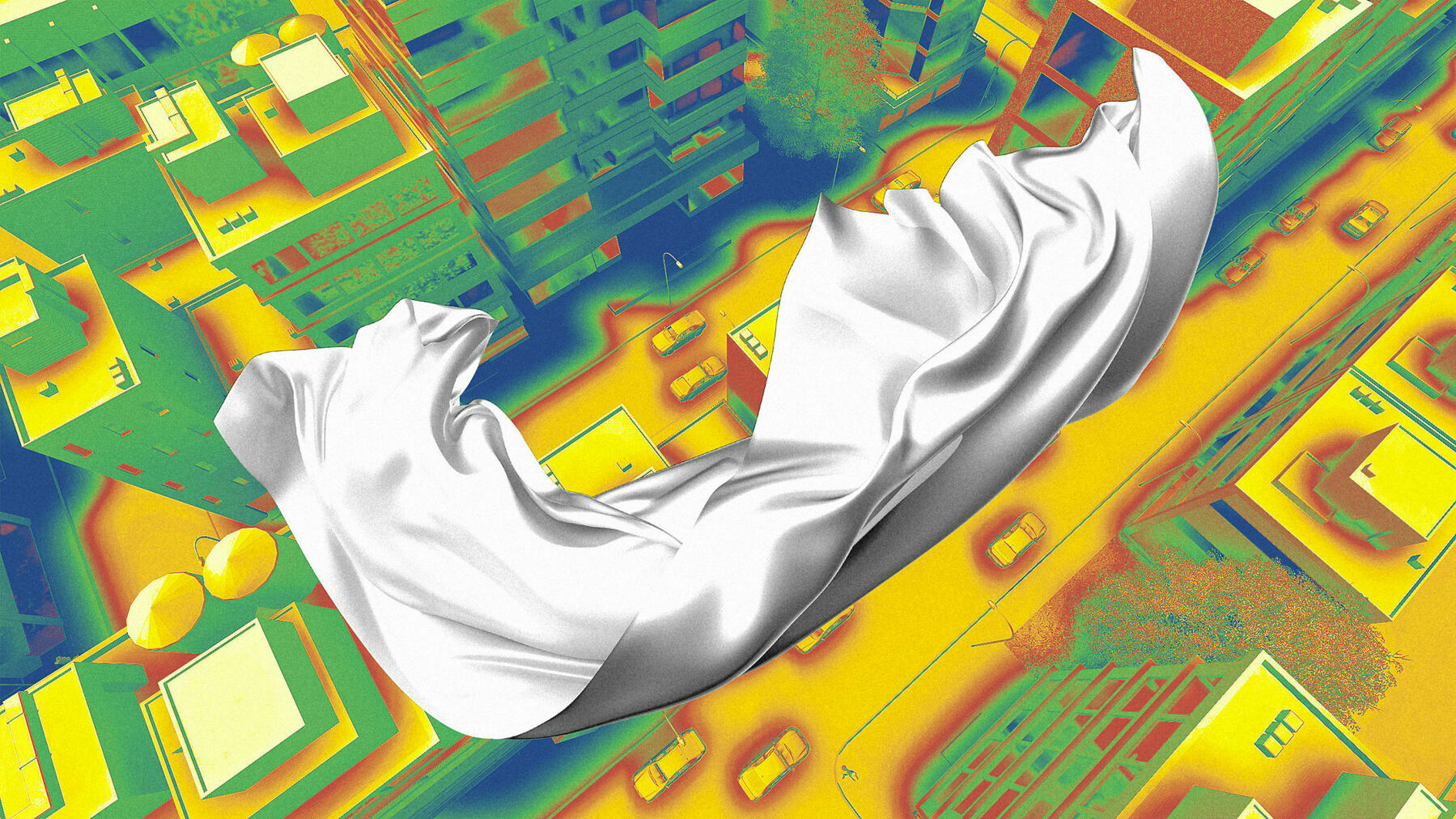New materials for a super-heated world

As I mentioned I’m reading Lifehouse by Adam Greenfield at the moment, which starts with some stark information about global heating. We need lots of workarounds to combat this, and some new material looks particularly promising.
This new textile could provide at least a little relief. It uses a process called radiative cooling, which describes how objects cool down by radiating thermal energy into their surroundings. Radiative cooling textiles do already exist, but most just reflect the sun’s heat. That “works very well if you’re in an open field,” says Po-Chun Hsu, a molecular engineering professor at the University of Chicago, whose team recently published a paper on their new material in the journal Science. But not in a city.
What those other fabrics don’t do is reflect the ambient heat coming from the street below or a nearby building. The heat coming directly from the sun’s rays and the heat emitted from a sun-baked street aren’t the same; they have different wavelengths. That means a material has to have two different “optical properties” to reflect both.
To do that, the researchers created a three-layer textile. The top layer is made of polymethylpentene or PMP, a type of plastic commonly used for packaging; the researchers had to figure out how to spin it into a fiber. The second is a sheet of silver nanowires, which acts like a mirror to reflect infrared radiation. Together, these block both the solar radiation and the ambient radiation reflected off of surfaces. The third layer can be any conventional fabric, like wool or cotton. Though there are multiple layers, the main thickness comes from the conventional fabric; the top layer is about 1/100th of a human hair.
In outdoor tests in Arizona, the textile stayed 4.1 degrees Fahrenheit (2.3 degrees Celsius) cooler than “broadband emitter” fabrics used for outdoor sports, and 16 F (8.9 C) cooler than regular silk, a breathable fabric often used for dresses and shirts.
Along with clothing, the researchers say this cooling textile could be used on buildings, in cars, or even for food storage and shipping in order to lessen the need for refrigeration, which has a significant climate impact of its own. Next, Hsu’s team is collaborating with other teams to see how the textile could have a health benefit for those in extreme heat conditions.
Source: Fast Company